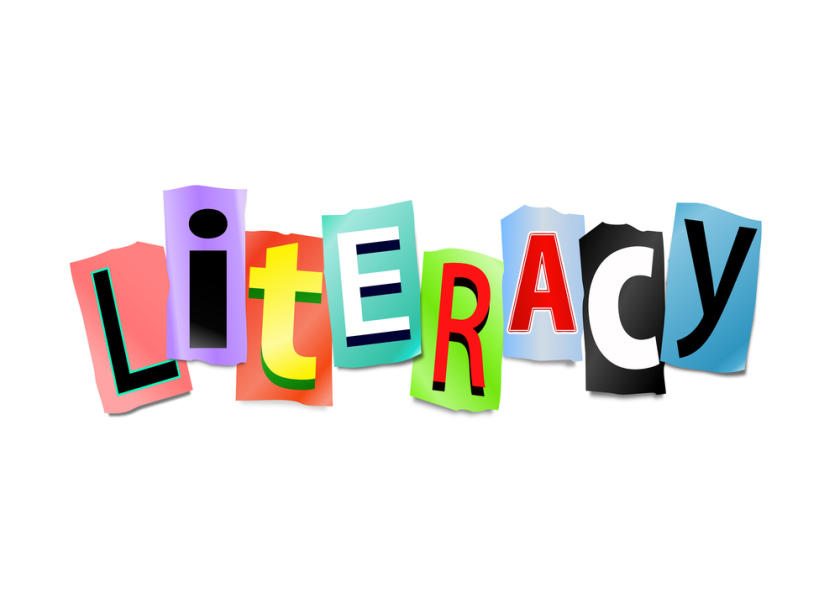The biggest challenge that I faced during my practicum was trying to figure out how to make accommodations and modifications to the reading materials for my students. Many of my students read below grade level and some of them even had reading disabilities including Dyslexia. One of my major projects during that teaching semester was to assess my students reading abilities. One student in particular presented me with a very difficult challenge. This student was high school age, but the science teacher had him reading at a fourth grade level within a grade level textbook. Upon further investigation I found that each content area teacher within the school had the student reading at different grade levels.
This situation is not that uncommon. Many schools and teachers are not fully prepared or provided the resources to assist students with learning disabilities to be able to read grade appropriate level materials. In my experience, I assessed my student using the CTOPP-2 and found that the student was reading at the first grade level. Here is a 14-year-old boy diagnosed with Dyslexia that is reading at different levels in each content area class and using dated materials that do not match up to the common core standards for a high school student of his age–just so the teachers can ensure that he is understanding some of the material that relates to the content area. In this case it was Science. He was reading fourth grade science books and getting credit for his freshman science credits.
The underlying issues is that many of the materials that are available to special educators area specialized readings that allow student to comprehend material, but only at specific grade levels. There are very little materials that are out there to allow students to read the proper grade level material but with accommodations or modifications that would allow them to comprehend the much more complex literature of the content area material for their actual current grade level. The resources that are available are usually very costly or the school or district do not have the resources to provide the new types of technology or they do not have knowledge about new accommodations or modifications. Many of the schools or districts also do not go beyond the one typical assessment of the students reading abilities and keep that student at that level without reassessment or any further testing, unless they are challenged to or requested to by parent or another professional.
I believe that teaching students to read complex content area curriculum information is essential to the student being able to advance their educations past high school, but are being dis-serviced by schools, districts and teachers all over the country because many educators are ill-informed, uneducated, lazy and not provided the resources that are needed to properly accommodate or modify curriculum, especially complex literature for each content area.
Technology you might say is the answer. However, one of the accommodations that I tried to employ with my student was getting the textbook at the fourth grade level into a digital format. With the help of my supervising teacher, we contacted the publisher and created an online account that we could use with all of the students. The students could now read the material on the computer rather than in the textbook and that was about it. The publisher did not provide a “read aloud” feature, but only a translator and dictionary feature with their software. The publisher did not provide any of the textbook in PDF form, so that we could even use any online software or apps to help my student with having the material read to him or for him to be able take notes or make highlights.
According to Lauterbach (2013), the success of students with (Learning Disabilities) LD in content area classes depends on teachers’ ability to support student literacy needs while teaching content. The sole responsibility of teaching literacy is placed on teachers, but when you look closely their jobs are undermined by administrators, districts, state/county governments, departments of education and other funding sources. More resources are need for our students to be able to become better readers and more waves need to be made about it. If you have students that are in similar situations or abilities, please stand up and ask for more resources–even educate yourself about more how to teach literacy to special needs students.
RESOURCES
Lauterbach, A. A. (2013). How expert secondary special education teachers conceptualize teaching literacy in their content area to students with learning disabilities (Doctoral dissertation, ProQuest, LLC, Ann Arbor).

